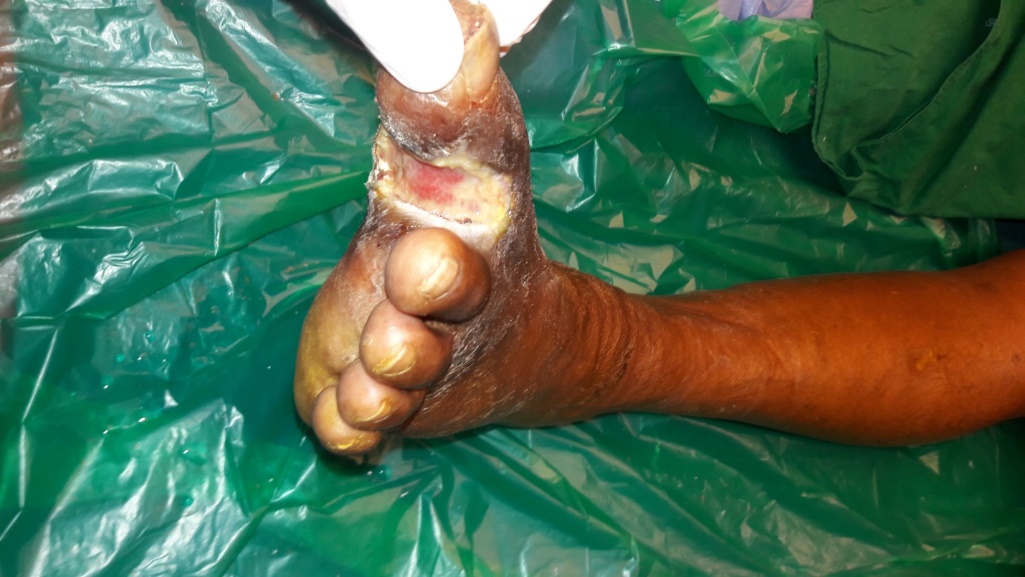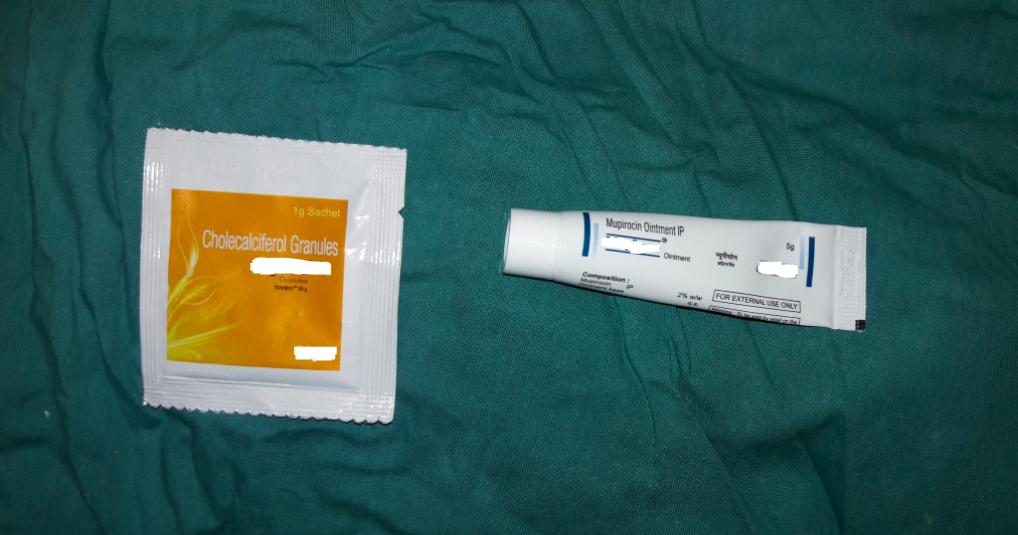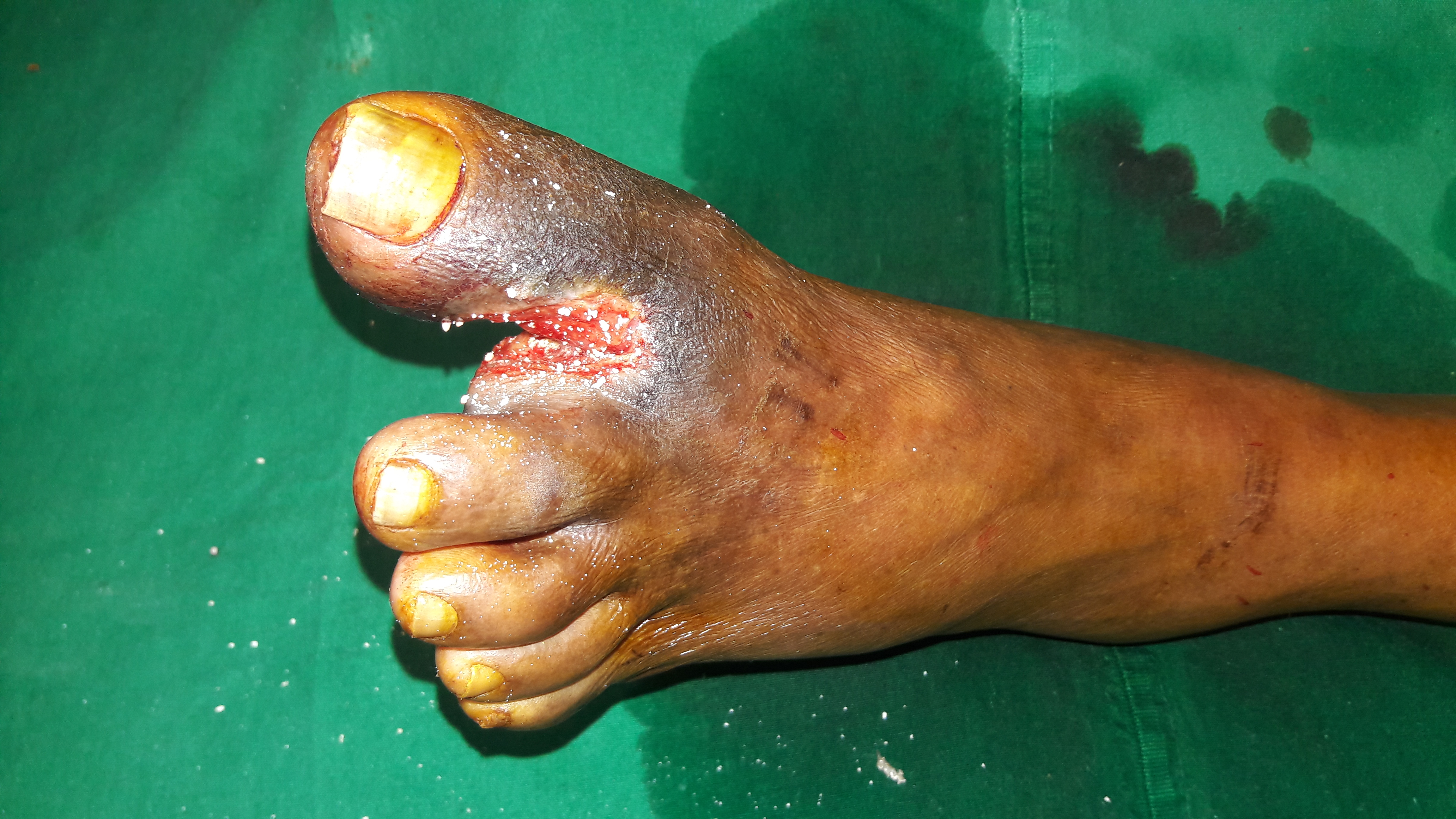
Imran Pathan 1, Ravi Kumar Chittoria 2* Padmalakshmi Bharathi Mohan 3, Shijina K 4, Neljo Thomas 5,
1 Senior Resident Department of Plastic Surgery Jawaharlal Institute of Postgraduate Medical Education and Research (JIPMER), Pondicherry India-605006
2 Department of Plastic Surgery Jawaharlal Institute of Postgraduate Medical Education and Research (JIPMER) Pondicherry India-605006
3 Senior Resident Department of Plastic Surgery Jawaharlal Institute of Postgraduate Medical Education and Research (JIPMER) Pondicherry India-605006
4 Senior Resident Department of Plastic Surgery Jawaharlal Institute of Postgraduate Medical Education and Research (JIPMER) Pondicherry India-605006
5 Senior Resident Department of Plastic Surgery Jawaharlal Institute of Postgraduate Medical Education and Research (JIPMER) Pondicherry India-605006a
*Corresponding author: Ravi Kumar Chittoria Professor Department of Plastic SurgeryJawaharlal Institute of Postgraduate Medical Education and Research (JIPMER) Pondicherry India-605006
Received: April 18, 2021
Accepted: May 02, 2021
Published: May 18, 2021
Citation: Pathan I, Ravi K Chittoria, Padmalakshmi B Mohan, Shijina K, Thomas N, “Role of Topical Cholecalciferol Granules in Wound Bed Preparation”. Clinical Case Reports and Clinical Study, 4(1); DOI: 10.61148/2766-8614/JCCRCS/063.
Copyright: © 2021 Ravi Kumar Chittoria. This is an open access article distributed under the Creative Commons Attribution License, which permits unrestricted use, distribution, and reproduction in any medium, provided the original work is properly cited.
The chronic non-healing wound is a common problem, specially in diabetic patients. Managing these wounds is often challenging. Multimodality treatment is often used to deal with such wounds. Vitamin-D is well known for its key role in calcium metabolism. Recent researches have highlighted its role as an immunomodulator and anti-inflammatory agent. Some studies also mention its role as a carrier for antibiotic delivery. However, the role of vitamin-D in the healing of the wound is still not clear. In this article, we highlight the role of topically applied vitamin-D in the wound bed preparation of a diabetic foot ulcer.
Introduction
The chronic non-healing wound is a common problem specially in diabetic patients. These wounds are addressed by surgical debridement, various forms of dressings, and antibiotics. Systemic antibiotics are given according to wound or blood culture. Systemic route of antibiotic administration has its own limitation. Another method of antibiotic delivery is the topical route which minimizes the side effects of the systemic route but also has certain limitations. Antibiotic coated beads have been found useful in the treatment of osteomyelitis.1,2 In this article, we share our experience of using antibiotic coated cholecalciferol ( vitamin-D) dressing for wound bed preparation in a non-healing wound.
Methodology
This is a case report of the use of antibiotic coated vitamin-D granules in a diabetic wound. This study was conducted in a tertiary care hospital in 2019. An informed and written consent was taken from a 70-year male patient with a known case of hypertension, diabetes mellitus, and dyslipidemia. The patient had a chronic non-healing ulcer at the first web space of the left foot for three months. (Figure-1) The patient was thoroughly investigated. Wound tissue culture was sent and appropriate antibiotic therapy was given. Regular cleaning and dressings were done for two weeks but the wound failed to show any healthy granulation tissue. A decision was made to use vitamin-D granules trial therapy to promote healing.
Under all aseptic precautions, the wound was debrided. Commercially available vitamin-D granules were mixed with mupirocin ointment (Figure-2). The mupirocin coated vitamin-D granules were uniformly applied to the wound (Figure-3). The wound was dressed with a non-adherent dressing. After three days the dressing was changed. Four such sessions were done.
Result
After the application of mupirocin coated vitamin-D granules, the wound showed faster healing. At the end of two weeks, the raw area was reduced in size and showed healthy granulation tissue. (figure-4)

Figure 1: Wound at presentation

Figure 2: Vitamin-D granules and mupirocin ointment

Figure 3: Vitamin-D being applied

Figure 4 : Well granulated wound after 2 weeks with reduced raw area
Discussion
The incidence of diabetes mellitus is increasing. It affects almost all organs of the body. One of the co-morbidity associated with this devastating disease is chronic non-healing ulcers. These ulcers are often difficult to manage. Often multi-modalities therapy is used to deal with such wounds. Antibiotic plays a pivotal role in the management of these wounds. The antibiotics can be administered systemically via the enteral or parenteral route. The topical route of drug delivery offers various advantages over systemic therapies like less systemic toxicity, low incidence of bacterial resistance, better wound healing, and less biofilm formation. Various topical antimicrobial delivery systems are available such as gentamicin in collagen dressings, minocycline in chitosan-polyurethane foam, ofloxacin from silicone sheets, dialkyl-carbamoyl chloride in cotton wool dressing, etc.1,2 Literature also mentions the use of antibiotic coated beads in the management of chronic infection.3,4
Vitamin-D or cholecalciferol is well known for its main role in calcium metabolism. Apart from this, its role in immunomodulation has also been researched. It has been found that Vitamin D exerts a positive effect on the healing of diabetic wounds when administered systemically.5 It also reduces inflammation associated with diabetic wounds. Some literatures mention the use of cholecalciferol as a drug delivery agent and claim that it helps the local wound healing. It has been reported to improve corneal wound healing.6
Vitamin-D act as an antiproliferative, prodifferentiative, antiapoptotic, and immunomodulatory agent. Its therapeutic interventions (topical and systemic) have been proved beneficial in various skin disorders. The vitamin-D enhance the synthesis of anti-microbial peptides (AMP) like – defensin and cathelicidin. These AMP increase the keratinocyte synthesis and migration and also increase the productions of the chemokines like IL-8. It also has immunosuppressive action in the skin. It decreases the antigen presentation by affecting Langerhans cells and by modulating cytokine production by keratinocyte cells.7
In this case, we have used vitamin-D granules and coated it with mupirocin ointment. This was applied to a case of chronic diabetic foot ulcer. We have found better healing of the wound with the use of this regimen.
Conclusion
In this study, we found that the vitamin-D has a role in the healing of the wound and the wound heals at a faster rate. But since it is a single case study, a definite conclusion cannot be made. Large randomized control trials are required to confirm the efficacy of vitamin-D in wound bed preparation.
Conflicts of interest
None.
Declarations
Authors’ contributions
All authors made contributions to the article
Availability of data and materials : Not applicable.
Financial support and sponsorship: None.
Consent for publication: Not applicable.